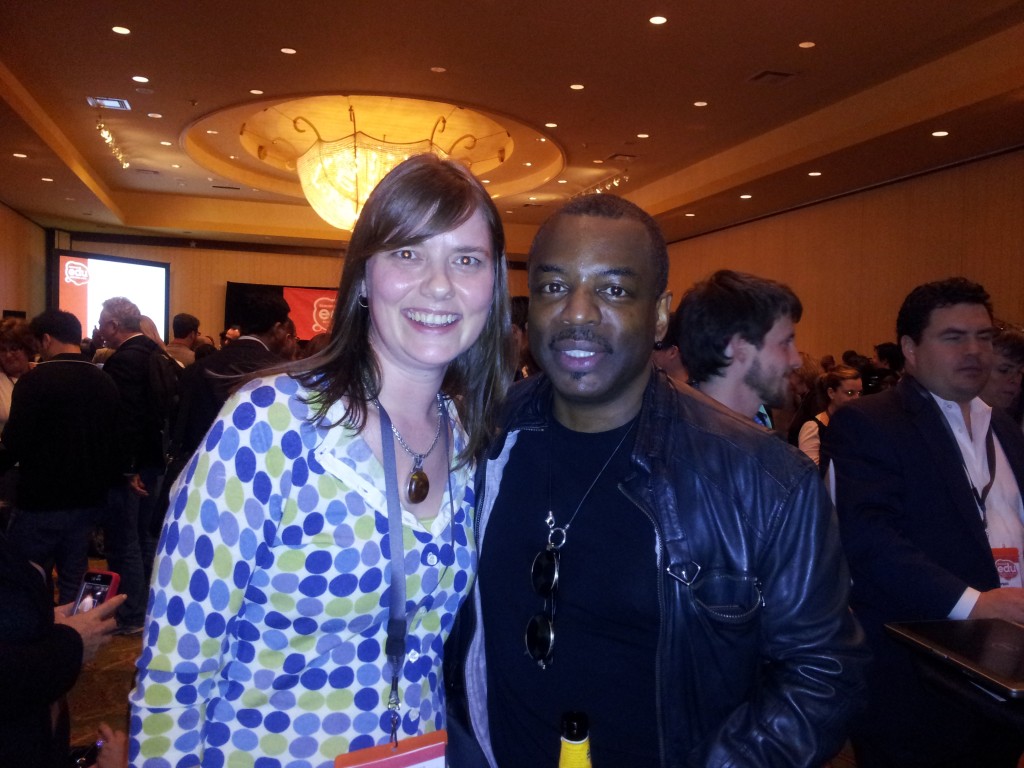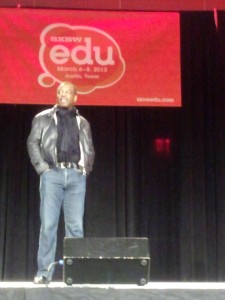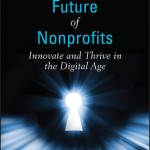How I Met Geordi LaForge at SXSWedu!
by Stacy Dyer
I had the privilege to hear LeVar Burton speak at SXSWedu, a conference focusing on innovation in learning.
In his keynote address Burton shared his philosophy: “at the intersection of technology and education, storytelling is the key to learning.”
Wise words indeed from a talented artist and life-long learning advocate who has been a part of the legendary Reading Rainbow franchise for 23 years–the third-longest running children’s series in PBS history*. A new Reading Rainbow app will be release in a few weeks.
Technology aside, it is clear that Burton’s philosophy stems from his formative experiences with great storytellers. From Alex Haley’s epic Roots to Gene Roddenberry’s Star Trek, Burton’s acting roles immersed him in the visions of great storytellers, and strong family connections to the encouraged an almost evangelistic passion for life-long learning.
According to Burton, Haley’s vision of storytelling demonstrates the indomitable strength of the human need for family, while Roddenberry’s vision sees the infinite potential of humans. For Burton, these vision were bridged by Fred Rodgers. It sounds strange, but for Burton it made sense. Especially when I learned that Burton attended seminary himself (Mr. Rodgers was a minister.) Burton explained how he was inspired by Mr. Rodgers impression of the media of television as a pulpit, as an opportunity to reach his flock and share his message. Burton took this lesson to heart.
After the keynote, Burton was able to attend the networking reception where he mingled with attendees. It was a great opportunity to meet and share ideas with one of my long-time inspirations and idols (did I ever tell you I wanted to be a Star Trek engineer why I grow up?)
How to incorporate the latest technology into effective learning programs is what SXSWedu is all about. As a Star Trek and Reading Rainbow veteran, Burton is uniquely positioned to publicly champion the use of technology while keeping the focus on the content–the story that is being told.
Today, educational technology leaders must focus on building a technology infrastructure for learning. What I have learned at SXSWedu this year is that infrastructure is only the first step. Tech won’t teach. As a learner and mother, I am intrigued how the next generation of educators are leveraging technology to create opportunities for extraordinary educational experiences.
* Source: http://en.wikipedia.org/wiki/Reading_Rainbow




